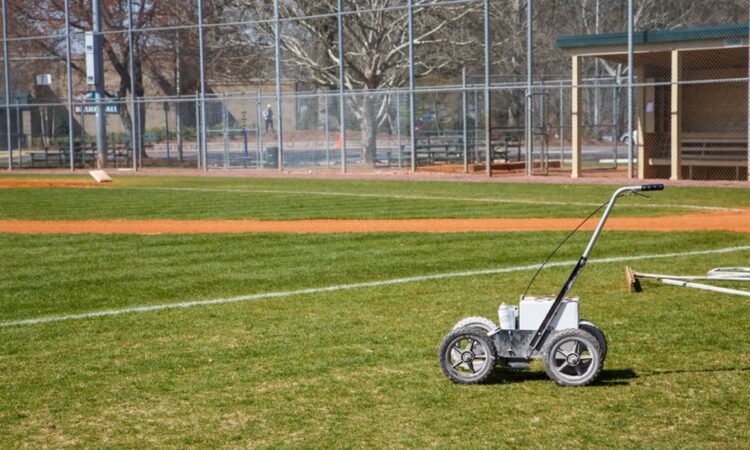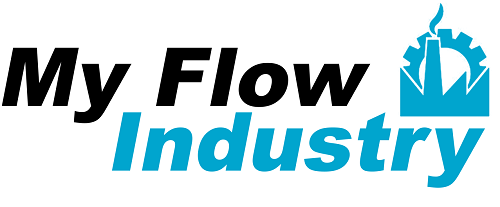
In the world of athletic field maintenance, accuracy, efficiency, and consistency are key. The decision between manual and automated striping equipment significantly affects field appearance, staff workload, and long-term costs. Both manual and robotic solutions have their place depending on the scale of operations, but selecting the right field line marking machine is crucial for achieving professional results without excessive effort or error.
Understanding the differences between these two approaches helps facility managers make informed investments based on field needs, budget constraints, and desired output quality.
Manual Striping: Cost-Effective but Labor-Intensive
Manual machines are typically favored for smaller fields or limited-use facilities due to their lower upfront costs. They offer more control for spot corrections and minor touch-ups. However, their effectiveness depends heavily on operator skill, physical endurance, and consistent line measurement techniques.
For routine soccer field striping, manual machines may suffice if the area is compact and the marking frequency is minimal. However, over time, the effort and hours required can outweigh the initial savings, especially in high-traffic sports complexes or school districts with multiple fields.
Automated Machines: Precision and Time Savings
Automated field markers use pre-set GPS or programmable templates to deliver consistent, high-accuracy lines with minimal operator involvement. These systems reduce the risk of common mistakes such as uneven lines, paint overspray or incorrect spacing—issues often encountered when relying solely on manual operation.
Their ease of use makes them ideal for larger sports venues or facilities that host multiple sports requiring varied field layouts. The ability to switch templates or adjust line dimensions quickly provides a level of flexibility that manual tools simply cannot match.
When transitioning from traditional methods, it’s helpful to understand insights from common mistakes to avoid when using a field line marking machine, which emphasizes the importance of maintenance, calibration, and proper setup—even with advanced technology.
Key Considerations When Deciding
- Budget: Manual machines are more affordable initially but may incur higher long-term labor costs.
- Field Volume: Facilities managing multiple fields benefit more from the efficiency of automation.
- Skill Level: Manual striping demands precision and experience, whereas automated options reduce human error.
- Consistency: Automated systems are more reliable for uniform results over multiple applications.
- Time Constraints: Robotic options can complete the task significantly faster, freeing up maintenance crews for other duties.
Evaluating these factors will clarify which option aligns with your operational goals and capacity.
Conclusion
The choice between manual and automated marking systems ultimately depends on the specific needs of the field and the resources available. While a field line marking machine operated manually may be suitable for basic needs, the long-term advantages of automation cannot be ignored for larger or frequently used fields. Facilities involved in soccer field striping or managing multi-sport grounds should consider efficiency, consistency, and labor allocation as key decision drivers.
By being aware of the common mistakes to avoid when using a field line marking machine, grounds crews can maximize equipment performance and extend its life, regardless of whether it’s manual or automated. Making a thoughtful decision today ensures clear, precise lines and an elevated standard of play for seasons to come.
